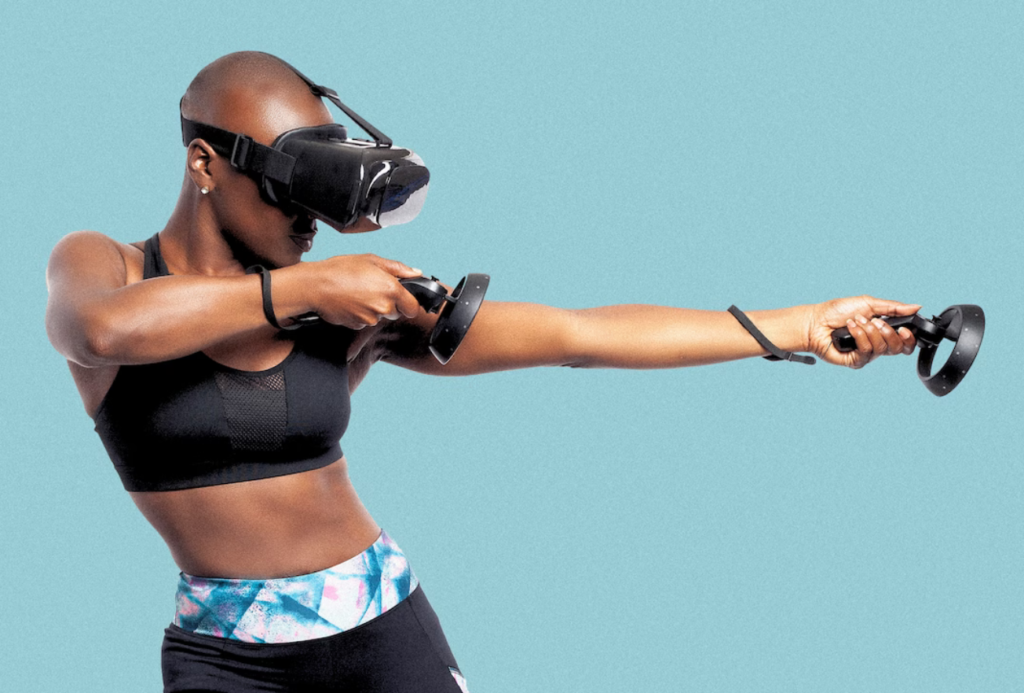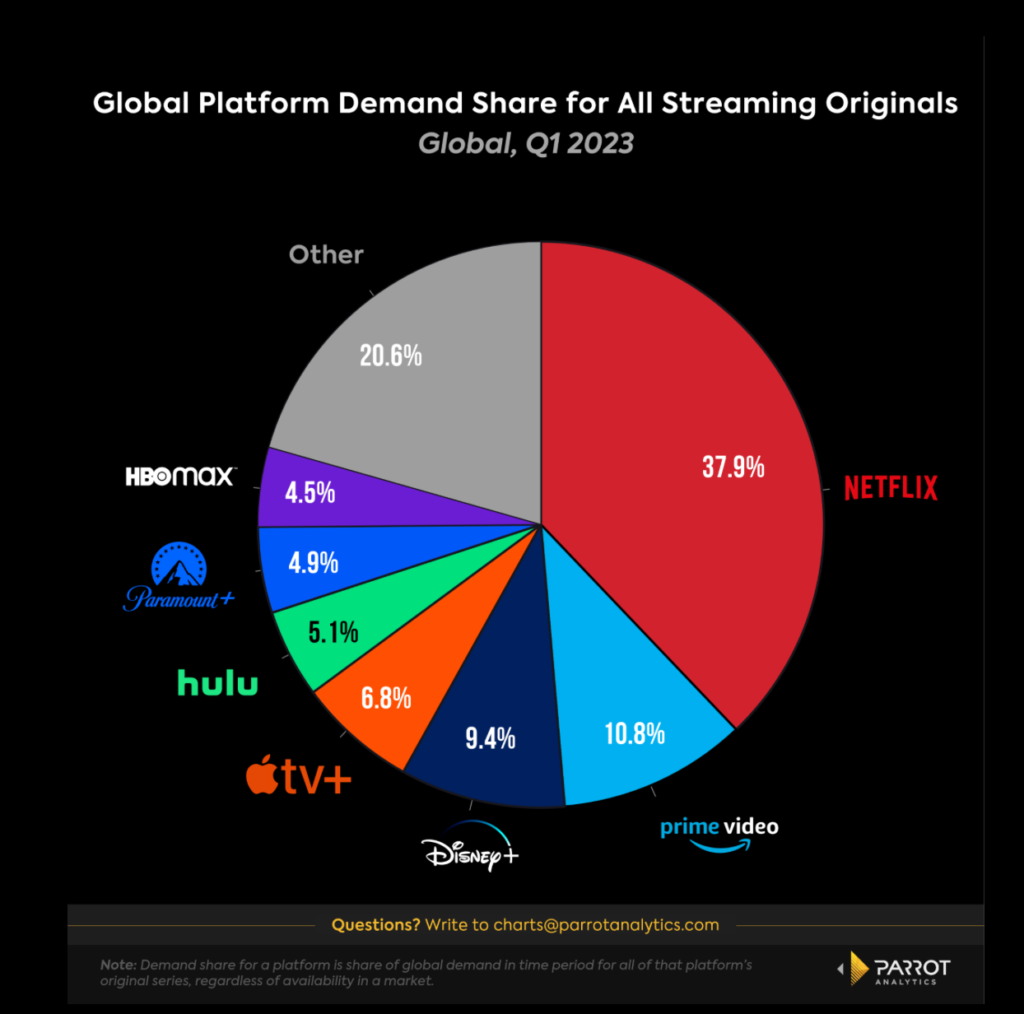Causal AI: rewriting the rules of artificial intelligence
...
The next leap in artificial intelligence
Causal AI is a system that understands the cause-and-effect relationship between things, a principle known as causality. This level of understanding makes it a powerful tool for organizations that need to make informed decisions based on patterns and the reasons behind those patterns. ...
Instead of just noticing that ice cream sales and sunburns occur together, it might recognize that hot weather is causing both. This recognition is achieved through causal inference, which identifies cause-and-effect relationships between variables rather than just the correlations. ...
Human-Machine Partnerships
Despite the argument the current AI boom is just another gold rush, the stage appears to be set for Causal AI to represent the next monumental leap in the AI domain. Understanding causality is akin to peering beyond the veil of mere data and predictions, uncovering the why behind the what. It is a critical ingredient that has so far been largely missing from the AI recipe. As the saying goes, "You are smarter than your data," which emphasizes the importance of human intervention, interpretation, and insight.
Companies ready to prioritize a partnership between human intelligence and machine learning stand on the cusp of a new era. With a reported 73% higher chance of reaping substantial financial benefits from AI, this approach is not just promising. It's a pivotal moment where the synergy of human cognition's causal reasoning and AI's computing power could forge a new path ahead, defining the future of artificial intelligence. As we journey into this uncharted digital waters, Causal AI is more than just a trend — it's a transformation waiting to unfold. ...
See the full story here: https://cybernews.com/editorial/causal-ai-explained/
Tech firms hope sweaty workouts can sell women on VR headsets
... To brand the devices for a broader audience, companies are partnering with corporations outside gaming and buying their own non-gaming app makers, creating a path for developers to make new programs. When Apple announced in June its plans to start selling its new mixed-reality headset Vision Pro for nearly $3,500, the company barely mentioned gaming. ...
The industry’s top evangelists say VR-powered fitness apps have the power to lure people who may be intimidated or unable to attend traditional workout classes in person. The apps often get experts to design intensive exercise routines that would be taught in a gym, set in extravagant environments. ...
“Sometimes you don’t notice you’re working out,” Wilson said of the experience. After her mother, sister and friends saw that she lost 30 pounds while exercising in the app, they purchased headsets and began experimenting. ...
Meta, the dominant maker of VR headsets, has also eyed fitness as a key strategy. In 2021 Meta announced it was buying Within, the studio behind popular VR fitness app Supernatural. The app pairs daily exercise routines with popular songs from stars like Bob Marley and Dua Lipa. ...
See the full story here: https://www.washingtonpost.com/technology/2023/07/09/virtual-reality-headset-fitness/

Explainable AI Using Expressive Boolean Formulas
...
In this problem we have two competing objectives: maximizing the performance of the algorithm, while minimizing its complexity. Thus, rather than taking the typical approach of applying one of two optimization methods – combining multiple objectives into one or constraining one of the objectives – we chose to include both in our formulation. In doing so, and without loss of generality, we mainly use balanced accuracy as our overarching performance metric.
Also, by including operators like AtLeast, we were motivated by the idea of addressing the need for highly interpretable checklists, such as a list of medical symptoms that signify a particular condition. It is conceivable that a decision would be made by using such a checklist of symptoms in a manner by which a minimum number would have to be present for a positive diagnosis. Similarly, in finance, a bank may decide whether or not to provide credit to a customer based on the presence of a certain number of factors from a larger list. ...
See the full story here:
AREA15 Foreshadows the Mall Of the Future
...
Blooloop, the location-based entertainment trade magazine, announced last month that Las Vegas’ AREA15 has been named the most visited attraction in the nation. The multimedia attraction and experience mall won a category that includes museums like the African American Museum and New York’s Natural History Museum, but it is much more than that. AREA15 features a diverse array of curated art installations, concept bars, and themed restaurants, including a distillery. Activities include zip lines, VR experiences, arcade games, ax-throwing, and a golf simulator. The twenty-acre grounds that surround the facility are big enough to accommodate outdoor events, festivals, and concerts from well-known acts. According to Placer.ai data Area15 attracted 3.23 million visitors in 2022. ...
“We didn’t come up with the idea for AREA15 and go searching for a place to build it. We began with a partner’s empty lot and the challenge of what to put across the highway from one of the world’s most magnetic entertainment capitals,” said Beneville. “What would break the gravitational pull of the Strip? AREA15 is the product of that process. This is a story about a creative collaboration 10x-ing a $10/square foot warehouse district with creativity and risk.” ...
AREA15’s anchor tenant is Omega Mart by Meow Wolf, ...
In March of 2022, Fisher Brothers acquired land along I-4 in Orlando and placed a giant robot on it, literally planting a flag. The 17-acre parcel is between Disney and Universal’s theme parks. ...
“I love the simplicity of the illusion,” Beneville told me. “That’s the magic. Imagination is more important than technology here.” ...
See the full story by Charlie Fink here: https://arinsider.co/2023/07/04/area15-foreshadows-the-mall-of-the-future/
OpenAI commits to ‘superalignment’ research
... Dubbed “superalignment”, OpenAI, which makes ChatGPT and a range of other AI tools, says there needs to be both scientific and technical breakthroughs to steer and control AI systems that could be considerably more intelligent than the humans that created it. To solve the problem OpenAI will dedicate 20% of its current compute power to running calculations and solving the alignment problem. ...
Current AI alignment techniques, used on models like GPT-4 – the technology that underpins ChatGPT – involve reinforcement learning from human feedback. ...
This all means that the current techniques and technologies will not scale up to work with superintelligence and so new approaches are needed. “Our goal is to build a roughly human-level automated alignment researcher. We can then use vast amounts of compute to scale our efforts, and iteratively align superintelligence,” the pair declared. ...
OpenAI has set out three steps to achieving the goal of creating a human-level automated alignment researcher that can be scaled up to keep an eye on any future superintelligence. This includes providing a training signal on tasks that are difficult for humans to evaluate – effectively using AI systems to evaluate other AI systems. They also plan to explore how the models being built by OpenAI generalise oversight tasks that it can’t supervise.
There are also moves to validate the alignment of systems, specifically automating the search for problematic behaviour externally and within systems. Finally the plan is to test the entire pipeline by deliberately training misaligned models, then running the new AI trainer over them to see if it can knock it back into shape, a process known as adversarial testing. ...
See the full story here: https://techmonitor.ai/technology/ai-and-automation/ai-alignment-openai-superintelligence-superalignment
ChatGPT-maker OpenAI says it is doubling down on preventing AI from ‘going rogue’
ChatGPT's creator OpenAI plans to invest significant resources and create a new research team that will seek to ensure its artificial intelligence remains safe for humans - eventually using AI to supervise itself, it said on Wednesday.
"The vast power of superintelligence could ... lead to the disempowerment of humanity or even human extinction," OpenAI co-founder Ilya Sutskever and head of alignment Jan Leike wrote in a blog post. "Currently, we don't have a solution for steering or controlling a potentially superintelligent AI, and preventing it from going rogue." ...
See the full story here: https://www.reuters.com/technology/chatgpt-maker-openai-says-it-is-doubling-down-preventing-ai-going-rogue-2023-07-05/

IATSE Releases Core Principles for Applications of Artificial Intelligence and Machine Learning Technology
PhilNote: The Core Principles are entirely worker-focused. "AI" could be replaced by any other emerging tech and the language of the message would still work.
...
“Our approach as a union must be comprehensive, focused on research, collaboration, education, political and legislative advocacy, organizing, and collective bargaining,” states the document.
...
See the full IATSE press release here: https://iatse.net/iatse-releases-core-principles-for-applications-of-artificial-intelligence-and-machine-learning-technology/
Leion Hey: AR & AI smart glasses by LLVision
PhilNote: prototype of working AR (real time translation and transcription at 1:50min) and ChatGPT (3:35min) glasses. The AR transcription would be great for hearing impaired. Lack of a speaker makes translation only useful for the wearer. ChatGPT is interesting but hard to imagine how its text-heavy responses would work on glasses. Form factor is interesting.
Watch the 5 min video here: https://www.youtube.com/watch?v=vfZFfmgOeOg
See the Hong Kong based kickstarter here: https://www.kickstarter.com/projects/443481057/worlds-first-and-lightest-ar-and-ai-smart-glasses
Amazon CEO Asks His Hollywood Studio to Explain Its Big Spending

See the full article here: https://www.bloomberg.com/news/newsletters/2023-07-05/amazon-ceo-asks-his-hollywood-studio-to-explain-its-big-spending?utm_medium=email&utm_source=newsletter&utm_term=230705&utm_campaign=screentime
Black Artists Say A.I. Shows Bias, With Algorithms Erasing Their History
... Dinkins ran into similar problems with NFTs that she created and sold showing how okra was brought to North America by enslaved people and settlers. She was censored when she tried to use a generative program, Replicate, to make pictures of slave ships. She eventually learned to outwit the censors by using the term “pirate ship.” The image she received was an approximation of what she wanted, but it also raised troubling questions for the artist.
“What is this technology doing to history?” Dinkins asked. “You can see that someone is trying to correct for bias, yet at the same time that erases a piece of history. I find those erasures as dangerous as any bias, because we are just going to forget how we got here.”
Naomi Beckwith, chief curator at the Guggenheim Museum, credited Dinkins’s nuanced approach to issues of representation and technology as one reason the artist received the museum’s first Art & Technology award.
“Stephanie has become part of a tradition of artists and cultural workers that poke holes in these overarching and totalizing theories about how things work,” Beckwith said. The curator added that her own initial paranoia about A.I. programs replacing human creativity was greatly reduced when she realized these algorithms knew virtually nothing about Black culture.
But Dinkins is not quite ready to give up on the technology. She continues to employ it for her artistic projects — with skepticism. “Once the system can generate a really high-fidelity image of a Black woman crying or smiling, can we rest?”
See the full story here: https://www.nytimes.com/2023/07/04/arts/design/black-artists-bias-ai.html
Pages
- About Philip Lelyveld
- Mark and Addie Lelyveld Biographies
- Presentations and articles
- Tufts Alumni Bio